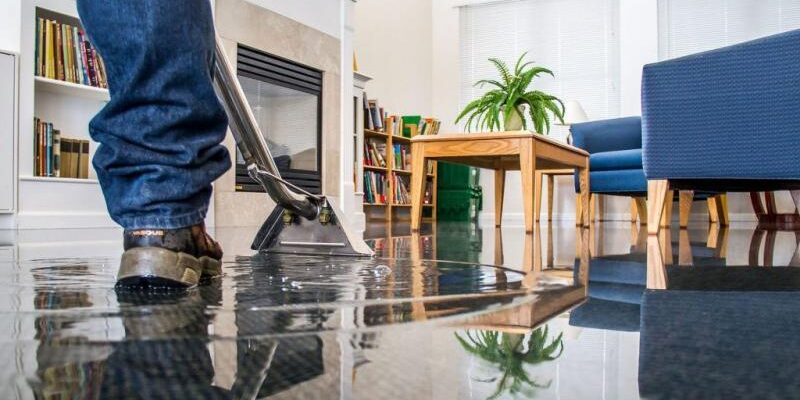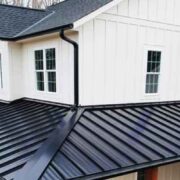
This comprehensive article explores the essential steps of water restoration Cary, providing practical insights and tips for homeowners and property owners alike. By following these expert recommendations, individuals can successfully navigate through the aftermath of a flood and restore their living or working spaces to their former glory.
The first section focuses on assessing the damage caused by the flood, outlining key factors that need to be considered in order to develop an effective restoration plan. From there, you are guided through the process of removing water and drying out affected areas, ensuring thoroughness and preventing further damage.
We then delve into cleaning and sanitizing techniques that help eliminate any harmful contaminants brought in by floodwaters. Finally, we cover repairing and restoring the property, offering guidance on how to bring back functionality and aesthetics.
Assessing the Damage
You’ll need to carefully evaluate the extent of the damage in order to determine the necessary steps for restoration.
- Begin by inspecting all affected areas, taking note of any structural damage or water intrusion.
- Assess the condition of walls, floors, and furniture for signs of mold or rot.
- Don’t forget to check electrical systems and appliances for potential hazards.
- This thorough assessment will help guide your water restoration efforts effectively and efficiently.
Removing Water and Drying the Area
To effectively remove water and dry the area, it’s crucial to employ proper techniques and equipment.
- The first step is to pump out any standing water using a submersible pump.
- Once the bulk of the water is removed, it’s important to use dehumidifiers and fans to help dry out the space.
- Additionally, opening windows and doors can aid in improving air circulation and speeding up the drying process.
Cleaning and Sanitizing
Once the area has been thoroughly dried, it’s essential to clean and sanitize all surfaces to eliminate any potential bacteria or mold growth.
Use a mixture of water and mild detergent to scrub the walls, floors, and furniture. Pay close attention to hidden areas where moisture may have accumulated.
After cleaning, apply a disinfectant solution to kill any remaining bacteria or mold spores. This step is crucial for ensuring a safe and healthy environment after a flood.
Repairing and Restoring the Property
Now that the cleaning and sanitizing process is complete, it’s time to roll up your sleeves and get to work repairing and restoring your precious property. Here are three essential tasks you should focus on:
- Assessing the damage: Carefully inspect every corner of the property to identify any structural issues or electrical problems caused by the flood.
- Drying out: Use dehumidifiers, fans, and open windows to remove excess moisture from walls, carpets, and furniture.
- Fixing structural damage: Repair any broken walls, floors, or ceilings before moving on to cosmetic repairs.
Conclusion
In conclusion, the process of reviving a property after a flood requires thorough assessment, prompt water removal, and proper cleaning and sanitizing. It is essential to act quickly to minimize further damage and prevent mold growth. Once the area is dried, repairing and restoring the property can begin. With proper restoration techniques, homeowners can regain their peace of mind knowing that their property has been effectively revived after the flood.











